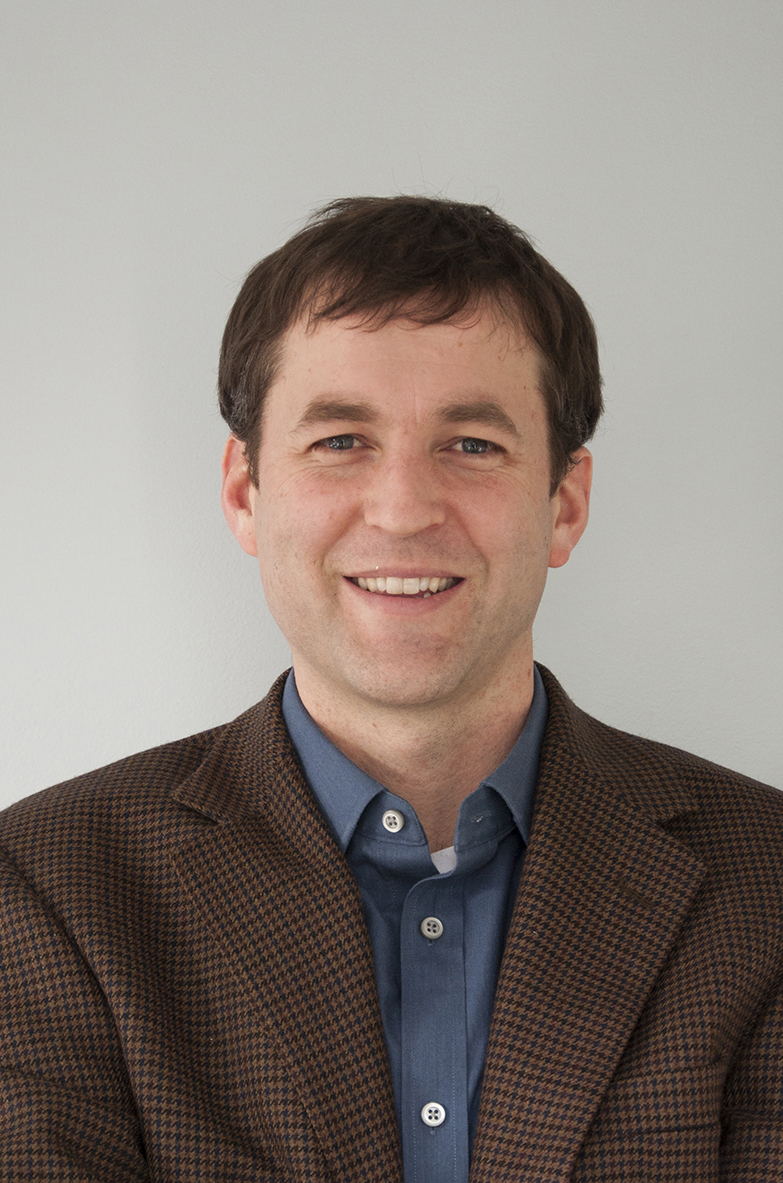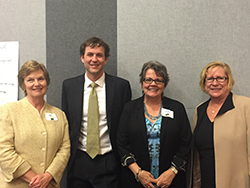
by Tim Carter, President, Second Nature
In today’s global society, it’s easy to think our individual impact is so microscopic as to become irrelevant. We are surrounded by systems, institutions, and forces that seem to drive activity beyond anything we could control. Research emerging from the study of cities may be telling a different story and could help inform our sustainability efforts.
Geoffrey West and Luis Bettencourt have been leading research to understand the growth and development of cities. In biology, organism size is tightly related to the way organisms use energy to process, or metabolize, materials. This biological relationship results in constraints to how populations, communities, or ecosystems can grow and expand. So the relationship between the individual and the ecosystem is actually one rooted in basic biology and physics. These researchers then asked if cities scaled in the same way. Do cities, the physical manifestations of groups of individual people, show universal scaling laws?
The early answers have generally been yes. In particular, there are two interesting ways cities scale. The first is the physical infrastructure - roads, pipes, wires - all the physical stuff of cities. We need less of these things per person as the city grows. Fewer road miles are needed per person, fewer gas stations per person, etc. This is known as sub-linear scaling. In other words, there are economies of scale as a city grows.
When looking at the social characteristics of cities - wages, patents, crime - another phenomenon emerges that may be a bit unexpected. When you double the size of cities, for example, these social indicators more than double. This is called super-linear scaling. Clustering and aggregating humans results in faster changes than if you just added up all the individuals together.

I can hear the groans now...sure, academics think sub and super linear scaling is interesting, but what does that mean for me and my sustainability work? Here’s how. Second Nature has a network of over 680 schools representing millions of students across the country. We want to be thoughtful about ways to create cross-campus, regional, national, and global impact. By understanding how scaling works differently depending on the physical or social infrastructures we are considering, we can better assist our members in meeting sustainability challenges.
A recent example of this is when we facilitated a day-long session for the Maricopa Community College District (MCCD). With wonderful representation from all of the ten campuses in the MCCD, we helped translate their climate action plans into near-term actions both on individual campuses as well as the district as a whole. Both physical (how can we implement a scaled a solar project?) and social (how can we get the word out to change campus behavior and awareness) issues were discussed. By gathering together as a district, campuses learned about activities that they didn’t know were happening. This allowed for learning, progress, and innovation to happen more quickly (super-linear!) than if the campuses were trying to figure it out on their own. Additionally, the campuses discussed more efficient ways to plan their infrastructure investments and leverage their purchasing power (sub-linear!) so that they can meet their ambitious goals of climate neutrality.
As we move into implementing Second Nature’s 2020 Strategic Plan this year, we are looking for thoughtful ways that our network can scale impact. Knowing different applications of scale and facilitating gatherings like the one at MCCD is one way we would love to engage with you throughout this year. Please feel free to reach out to me or one of the Second Nature team members if you would like assistance in scaling impact on your campus or through your networks.
